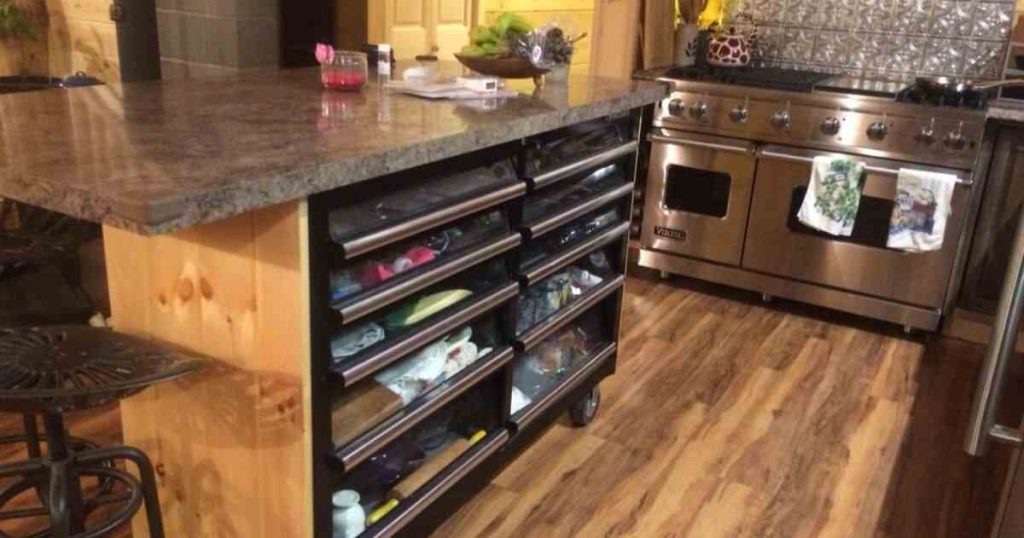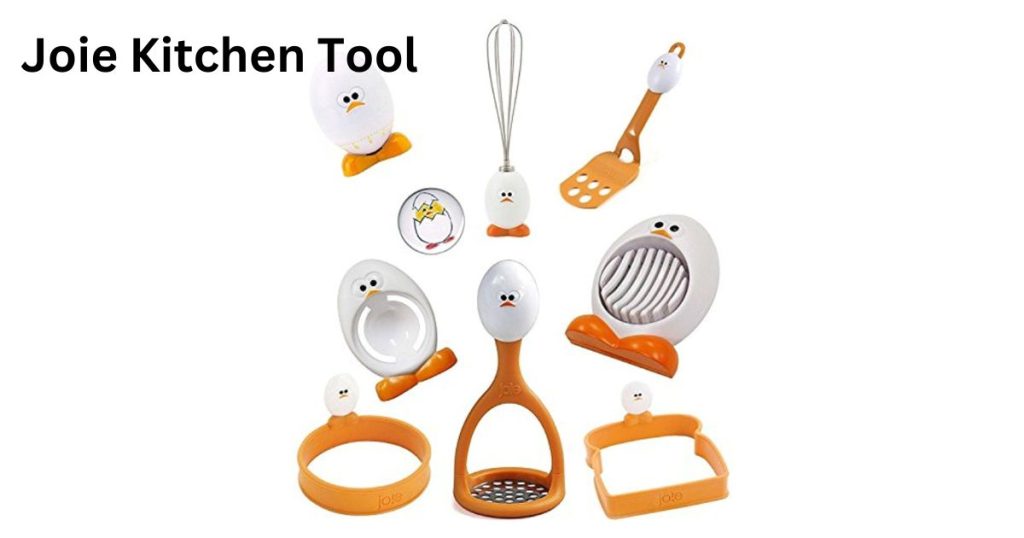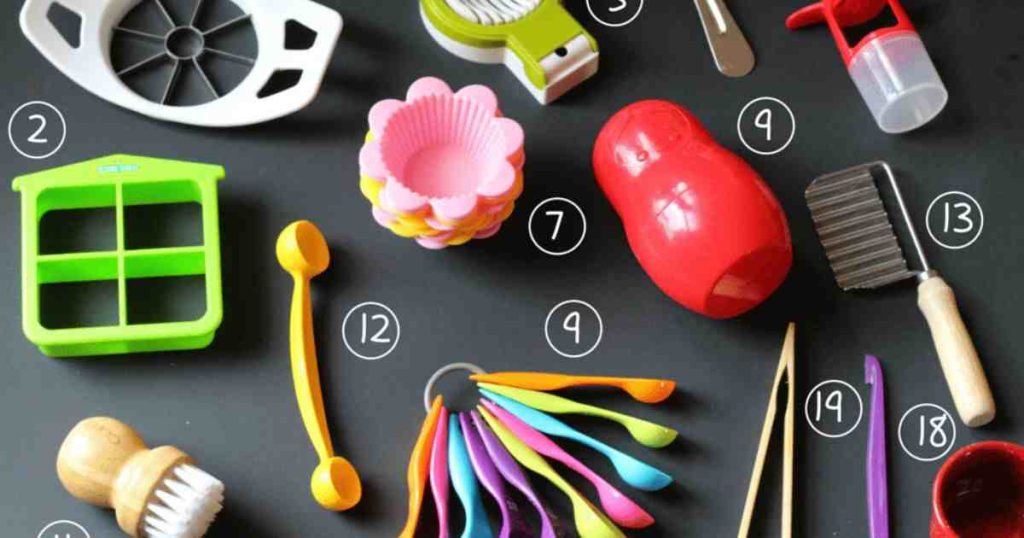Looking for kitchen tile to wood floor transition ideas? Check out these creative and stylish options to seamlessly blend different flooring materials in your kitchen.
Table of Contents
Whether you prefer a subtle transition or a bold contrast, these ideas will inspire you to create a beautiful and cohesive look in your kitchen space. From using transition strips to combining hexagon tiles and wood, there are endless possibilities to achieve a seamless and visually appealing transition between your kitchen tile and wood floors.
Say goodbye to awkward transitions and hello to a stunning and cohesive kitchen design.
Why Transitioning From Tile To Wood In The Kitchen Is A Great Idea
Transitioning from tile to wood in the kitchen is a fantastic idea for a fresh and stylish look. It adds warmth and elegance to the space, while providing durability and ease of maintenance. With various design options available, you can create a seamless and stunning transition that complements your kitchen decor perfectly.
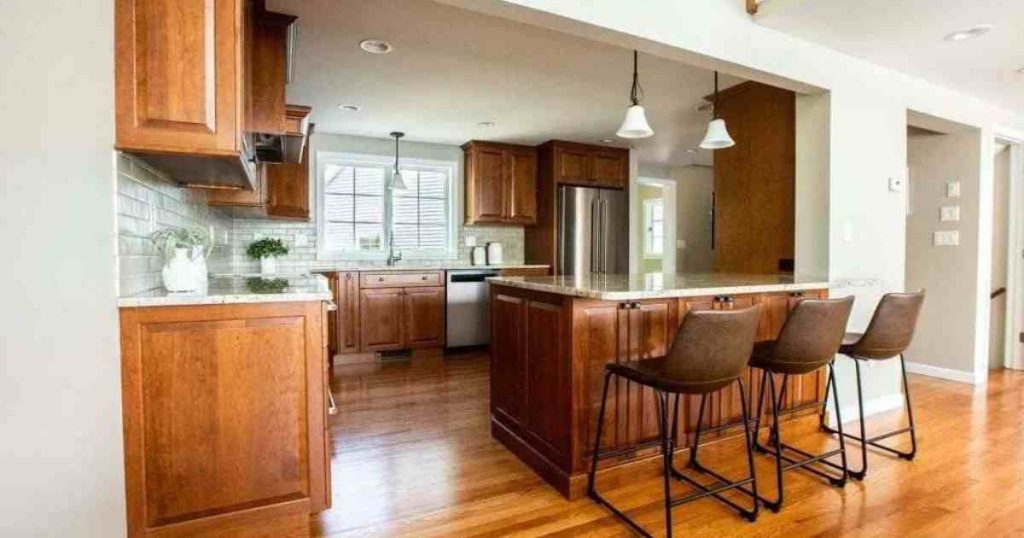
Enhancing the visual appeal of the space:
- Wood flooring adds warmth and natural beauty to the kitchen, creating a cozy and inviting atmosphere.
- The rich, authentic grains and textures of wood can bring a touch of elegance and sophistication to the space.
- With a wide range of wood species, colors, and finishes available, you can easily find a style that complements your kitchen decor.
Creating a seamless flow between rooms:
- Transitioning from tile to wood flooring helps create a cohesive look and feel throughout your home.
- When you have an open floor plan, having consistent flooring transitions between the kitchen and adjacent rooms can create a harmonious flow.
- By removing the visual and physical barriers created by different flooring materials, you can make your space feel more spacious and connected.
Increasing the value of your home:
- Wood floors are highly desirable and can significantly enhance the value of your property.
- Homebuyers often prefer homes with wood flooring in the kitchen, as it gives a sense of luxury and timeless beauty.
- Transitioning from tile to wood can be seen as an upgrade, making your kitchen more attractive to potential buyers.
Improving comfort underfoot:
- Wood flooring offers a more comfortable surface to stand or walk on, compared to hard and cold tile flooring.
- The warmth and cushioning effect of wood make it more forgiving on your feet and joints, especially when spending long hours in the kitchen.
- Wood also provides better insulation, helping to keep the kitchen cozy in colder months.
Easy maintenance and durability:
- Wood floors are easy to clean and maintain, requiring regular sweeping and occasional mopping to keep them looking beautiful.
- Unlike tile grout, which can become dirty and stained over time, wood floors can be easily wiped clean.
- With proper care and maintenance, wood floors can last for decades, proving to be a long-term investment.
Sustainable and eco-friendly choice:
- Many wood flooring options come from sustainable sources, ensuring responsible forest management.
- Wood is a renewable resource, making it a greener choice compared to other flooring materials.
- By choosing wood flooring, you can reduce your carbon footprint and contribute to a healthier environment.
Transitioning from tile to wood in the kitchen offers numerous benefits, including enhancing visual appeal, creating a seamless flow between rooms, increasing property value, improving comfort, providing easy maintenance, and making a sustainable choice. With these advantages in mind, it’s clear why this transition is a great idea for your kitchen.
Popular Tile To Wood Transition Techniques For The Kitchen
Discover the top tile to wood transition techniques for your kitchen flooring. From stylish laminate to ceramic tile combinations, these ideas will elevate the look of your space while seamlessly blending different flooring materials.
Floating Wood Floor Over Tile Transition
- Using a floating wood floor over tile transition is a popular technique for seamlessly blending tile and wood in the kitchen.
- This technique involves installing a floating wood floor on top of the existing tile floor, without the need for removing the tiles.
- It creates a smooth transition between the two flooring materials and allows for flexibility in design choices.
- The floating wood floor is installed using an interlocking system, which makes for easy installation and removal.
- This technique is suitable for homeowners who want to keep their existing tile floor but desire the warmth and beauty of wood flooring in their kitchen.
Pros And Cons Of Using This Technique:
- Pros:
- Quick and easy installation without the need for tile removal.
- Can be taken off and replaced easily if desired.
- Provides a smooth and seamless transition between tile and wood.
- Offers a wide range of design options and wood species to choose from.
- Adds warmth and natural beauty to the kitchen space.
- Cons:
- The height of the transition may differ from the adjacent rooms, requiring adjustments to the door clearance.
- The floating wood floor may require occasional re-leveling due to shifting.
- It may not be suitable for areas with high moisture, such as near sinks or dishwashers.
Step-By-Step Guide On How To Execute This Transition:
- Prepare the tile floor by thoroughly cleaning and inspecting it for any damage or imperfections.
- Measure and plan the layout of the floating wood floor, taking into consideration the dimensions of the room and any cabinets or appliances.
- Install a moisture barrier underlayment to protect the wood floor from moisture and prevent it from warping.
- Begin laying the floating wood floor in one corner of the room, starting with the first row along the longest wall.
- Lock the planks together using the interlocking system, ensuring a snug fit and a seamless transition.
- Continue laying the planks row by row until the entire kitchen floor is covered.
- Trim and fit the last row of planks as needed to ensure a clean and even transition.
- Install transition pieces, such as thresholds or moldings, to bridge the gap between the wood floor and other flooring materials in adjacent rooms.
- Inspect the completed transition for any gaps or unevenness and make necessary adjustments.
- Clean and maintain the floating wood floor according to the manufacturer’s instructions to ensure its longevity and beauty.
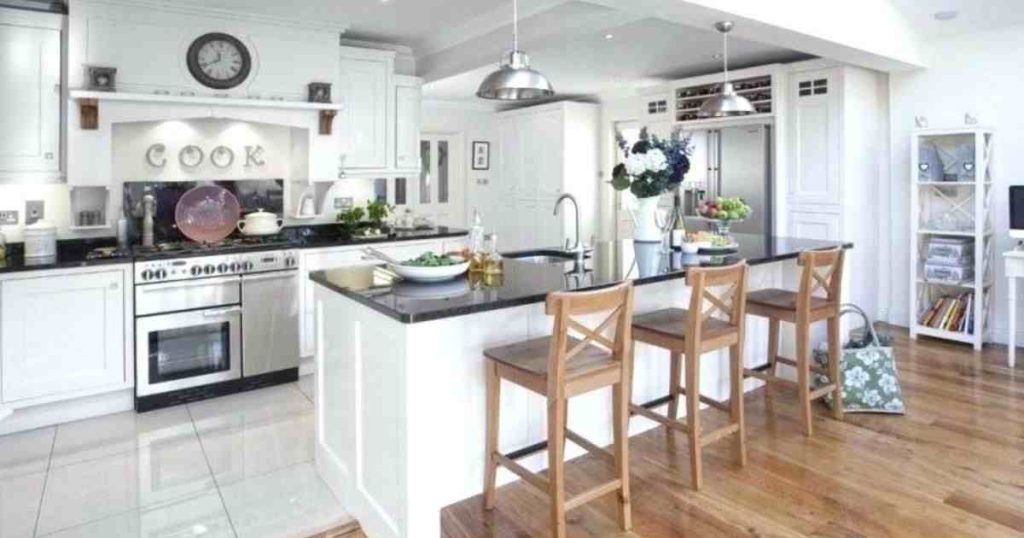
Threshold Transition From Tile To Wood
- A threshold transition is another popular option for creating a seamless transition between tile and wood flooring in the kitchen.
- This technique involves using a threshold, also known as a transition strip or transition molding, to bridge the gap between the two flooring materials.
- Thresholds come in various materials, styles, and sizes, allowing homeowners to choose the one that best suits their kitchen’s design and needs.
- The threshold transition provides a smooth and safe transition, preventing trip hazards and ensuring a cohesive look in the kitchen.
Exploring Different Threshold Options Of Tile to Wood:
- T-molding: This type of threshold resembles a “t” shape and is used to transition between two floors of equal height. It is commonly used when two rooms with different flooring materials meet.
- Reducer: A reducer threshold is typically used when transitioning from a higher flooring material, such as tile, to a lower one, such as wood. It slopes gently downward, creating a smooth and gradual transition.
- End cap: An end cap, also known as an end molding or square nose molding, is used for a flush transition between tile and wood flooring. It provides a clean and finished look, perfect for contemporary kitchen designs.
- Flush stair nose: This threshold option is used when transitioning from a kitchen floor to a staircase. It creates a seamless connection between the kitchen flooring and the stairs, ensuring a cohesive look.
Tips For Selecting The Right Threshold For Your Kitchen Tile to Wood:
- Consider the height difference between the tile and wood floors.
- Choose a threshold material that complements your kitchen’s overall design.
- Take into account the durability and maintenance requirements of the threshold material.
- Ensure the threshold is properly installed to prevent any tripping hazards.
- Measure and cut the threshold to fit the width of the transition area accurately.
- Consult with a flooring professional for expert advice on selecting and installing the appropriate threshold for your kitchen.
Custom Tile Border Transition To Wood Flooring
- Creating a custom tile border transition to wood flooring is an excellent way to add a unique and personalized touch to your kitchen.
- This technique involves using tile as a border or accent around the perimeter of the kitchen, with the main flooring material being wood.
- It allows for creative design possibilities, such as intricate patterns, contrasting colors, and different shapes and sizes of tile.
- A custom tile border transition adds visual interest to the kitchen space and can complement the overall aesthetic of the room.
Examples And Ideas For Tile Borders In The Kitchen:
- Hexagonal tile border: Use hexagonal tiles in a contrasting color to create an eye-catching border around the edges of the kitchen. This geometric pattern adds a modern touch to the space.
- Mosaic tile border: Install a mosaic tile border with a mix of colors and textures to create a unique and artistic transition between tile and wood flooring. This option works well in kitchens with a vintage or bohemian vibe.
- Subway tile border: Choose classic subway tiles in a complementary color to create a timeless and elegant border along the kitchen walls. This simple yet sophisticated design works well in both traditional and contemporary kitchens.
- Geometric tile border: Experiment with geometric shapes, such as triangles or diamonds, to create a bold and contemporary tile border. This option adds a touch of modernity to the kitchen space.
- Herringbone tile border: Install herringbone pattern tiles as a border for a sophisticated and timeless look. This classic pattern adds a sense of elegance and refinement to the kitchen.
- Moroccan tile border: Incorporate moroccan-inspired tiles with intricate patterns and vibrant colors to create a unique and eclectic tile border. This option works well in kitchens with a boho-chic or global-inspired design.
- Consult with a professional tile installer or interior designer to explore more ideas and inspiration for custom tile borders in your kitchen. They can help you create a design that complements your overall kitchen style and reflects your personal taste.
Tile to Wood Floor Installation Considerations: Key Factors To Keep In Mind
Discover key considerations for tile and wood floor installation in your kitchen, including ideas for transitioning between the two materials. Get inspired with creative ways to seamlessly blend tile and wood flooring for a stylish and functional kitchen space.
Understanding The Differences In Installation Methods Of Tile to Wood:
- Tile and wood flooring have distinct installation methods due to the differences in their materials and properties.
- It is essential to understand these variations to ensure a smooth transition between the two surfaces.
- Here are the key factors to keep in mind when considering the installation of tile and wood floors:
Tile Installation Techniques:
- Tile installation involves preparing the subfloor, applying adhesive or mortar, and placing the tiles.
- The subfloor must be properly leveled and cleaned before installation.
- Adhesive or mortar is used to secure the tiles to the subfloor.
- The tiles are then carefully laid out and aligned, ensuring proper spacing and avoiding lippage (uneven tile edges).
- Grouting is done to fill the gaps between tiles and provide a finished look.
- Proper sealing of the grout is essential to prevent staining and moisture damage.
Tile to Wood Floor Installation Techniques:
- Wood floor installation methods can vary depending on the type of wood flooring chosen, such as solid wood or engineered wood.
- The subfloor must be checked and prepared, ensuring it is level, dry, and free of any debris.
- For solid wood flooring, nails or staples are used to secure the individual planks to the subfloor.
- Engineered wood flooring can be installed using various methods, including floating, glue-down, or nail-down techniques.
- Each method has its own requirements and considerations, such as subfloor type, moisture levels, and acclimation periods.
- Proper acclimation of the wood flooring is crucial to prevent warping or shrinking after installation.
Tips For A Smooth Transition Installation Process Of Tile to Wood Floor:
- Plan ahead: Take measurements and create a layout plan before starting the installation to ensure a proper transition between the tile and wood floors.
- Select compatible flooring materials: Choose tile and wood flooring that have similar thicknesses to make the transition smoother.
- Use transition strips: Transition strips can bridge the gap between the two flooring materials, providing a visually appealing and seamless transition.
- Pay attention to height differences: Make sure to account for any height differences between the tile and wood floors to avoid tripping hazards and ensure a smooth transition.
- Consider expansion gaps: Leave appropriate expansion gaps when installing both tile and wood floors to allow for natural movement and prevent buckling or damage.
Working With Professionals Vs. Diy Installation:
- Hiring professionals for tile and wood floor installations can provide several benefits, including expertise, efficiency, and guaranteed quality.
- Professionals have the necessary tools, skills, and experience to handle complex installations and ensure a flawless transition.
- However, some homeowners may choose to install the flooring themselves to save costs.
- Diy installation requires research, careful planning, and precise execution to achieve satisfactory results.
- It is crucial to assess personal skills and capabilities before deciding between professional installation or a diy approach.
Maintaining And Cleaning A Tile To Wood Floor Transition In The Kitchen
Maintaining and cleaning the tile to wood floor transition in the kitchen is crucial for keeping the area looking its best. With various kitchen tile to wood floor transition ideas, such as using transition strips or creating a seamless transition with different flooring materials, you can enhance the overall aesthetic appeal of your kitchen space.
Proper Maintenance Practices For Both Tile And Wood Flooring:
- Sweep or vacuum the area regularly to remove dirt and debris that can scratch the surfaces.
- Wipe up spills immediately to prevent staining or warping.
- Use a damp mop or sponge to clean tile flooring, avoiding excessive moisture that could seep into the wood.
- For wood flooring, use a wood-specific cleaner to maintain its natural beauty and prevent damage.
- Apply a protective sealant or finish to both tile and wood flooring to enhance durability and resistance to damage.
Cleaning Techniques For A Seamless Transition Area Of Tile to Wood Floor:
- Use a soft-bristle brush or broom to remove dirt and dust from the transition area.
- Wipe the area with a damp cloth or sponge to lift off any stubborn stains or spills.
- Avoid using harsh chemical cleaners that can damage the tile or wood.
- Use a gentle ph-neutral cleaner specifically formulated for both tile and wood surfaces.
- Dry the transition area thoroughly to prevent water damage to the wood.
Preventing Damage And Preserving The Longevity Of The Transition:
- Place doormats at entrances to minimize dirt and debris being tracked onto the transition area.
- Use furniture protectors or felt pads on the legs of chairs, tables, and other furniture to prevent scratching or scraping.
- Avoid dragging heavy objects across the transition area to prevent any damage.
- Apply a silicone-based caulk along the edges of the transition to seal any gaps and prevent moisture from seeping underneath.
- Regularly inspect the transition area for any signs of wear, damage, or separation, and address any issues promptly.
Remember, proper maintenance and cleaning techniques are essential for maintaining the beauty and functionality of your tile to wood floor transition in the kitchen. By following these practices, you can ensure the longevity of your flooring and enjoy a seamless transition between the two materials.
Combining Tile And Wood Flooring To Create Stunning Kitchen Designs
Create stunning kitchen designs by combining tile and wood flooring seamlessly with these transitional ideas. From using transition strips to mixing different flooring materials, these innovative designs will elevate the look of your kitchen space. Experience the perfect blend of functionality and aesthetics with these kitchen tile to wood floor transition ideas.
Blending Different Tile And Wood Options For A Cohesive Look:
- Mix and match various tile and wood flooring options to create a stunning and cohesive look in your kitchen.
- Consider using complementary colors or patterns to seamlessly blend the tile and wood flooring.
- Choose materials with similar thicknesses to ensure a smooth transition between the two surfaces.
- Experiment with different layouts, such as arranging the tiles in a border around the wood floor or creating a mosaic pattern using both materials.
- Opt for tile and wood options that have similar finishes or textures for a harmonious overall appearance.
- Don’t be afraid to get creative and think outside the box when combining tile and wood flooring to achieve a cohesive and visually appealing design.
Creating Focal Points And Unique Patterns With Tile to Wood Floor:
- Use tile and wood flooring to create focal points in your kitchen. For example, you could install a decorative tile medallion in the center of the room and surround it with wood flooring.
- Consider incorporating unique patterns by alternating tile and wood planks to create a checkerboard effect or herringbone pattern.
- Use contrasting colored tiles or wood to create visual interest and make certain areas stand out.
- Experiment with different shapes and sizes of tiles, such as hexagonal or subway tiles, to add texture and variation to your kitchen floor.
- Consider combining different wood finishes, such as light and dark stains, to create a dynamic and eye-catching pattern.
Showcasing Examples Of Successful Tile And Wood Combinations In Kitchen Design:
- Example 1: In a modern farmhouse kitchen, white subway tiles are paired with distressed wood flooring to create a rustic yet contemporary look.
- Example 2: A mediterranean-inspired kitchen features colorful mosaic tiles combined with rich, mahogany wood flooring to add warmth and character.
- Example 3: For a sleek and sophisticated kitchen design, black and white geometric tiles are complemented by sleek, dark wood flooring for a high-contrast, modern aesthetic.
- Example 4: In a coastal-themed kitchen, turquoise fish scale tiles are blended with light oak wood flooring to evoke a beachy, relaxed vibe.
- Example 5: In a transitional kitchen, neutral-toned ceramic tiles are combined with medium-toned hardwood flooring for a timeless and balanced look.
Remember, when combining tile and wood flooring in your kitchen design, the possibilities are endless. Get creative, experiment with different patterns and materials, and create a truly unique and stunning space.
Frequently Asked Questions Of Kitchen Tile To Wood Floor Transition Ideas
How Do You Transition Between Tile And Wood Floors?
To transition between tile and wood floors, use a transition strip specifically designed for this purpose. This strip helps to create a smooth and seamless transition between the two flooring types. Make sure to measure and cut the strip to fit precisely, ensuring a polished look.
Can You Mix Tile And Wood Floors?
Yes, you can mix tile and wood floors. Tile and wood floors can be combined to create a unique and visually appealing look in your home. This combination can be used to separate different areas or create a transition between rooms.
How Do You Blend Two Different Floors?
Blend two different floors by using a transition strip or molding to create a seamless and visually appealing transition between the two surfaces. Ensure that the transition strip or molding matches the colors and styles of both floors for a cohesive look.
How Do You Transition Between Floor Types?
Transitioning between floor types can be done by using transition strips, such as z-molding or reducer strips. These strips help create a smooth and seamless transition between different flooring materials, like tile and wood. They are easy to install and provide a clean and polished look to your floors.
Conclusion
To create a seamless and visually pleasing transition between your kitchen tile and wood floor, consider these ideas. First, opt for a transition strip that matches the color and style of both materials. This will help blend the two surfaces effortlessly.
Additionally, using a diagonal or herringbone pattern can create a unique and eye-catching transition. Another idea is to create a border using a different tile or wood material, which acts as a natural break between the two floors. Another option to consider is using a decorative mosaic or patterned tile to create a focal point at the transition area.
Lastly, utilizing different sizes or shapes of tiles can add visual interest and make the transition more seamless. These ideas will help you achieve a beautiful and cohesive look between your kitchen tile and wood floor.

